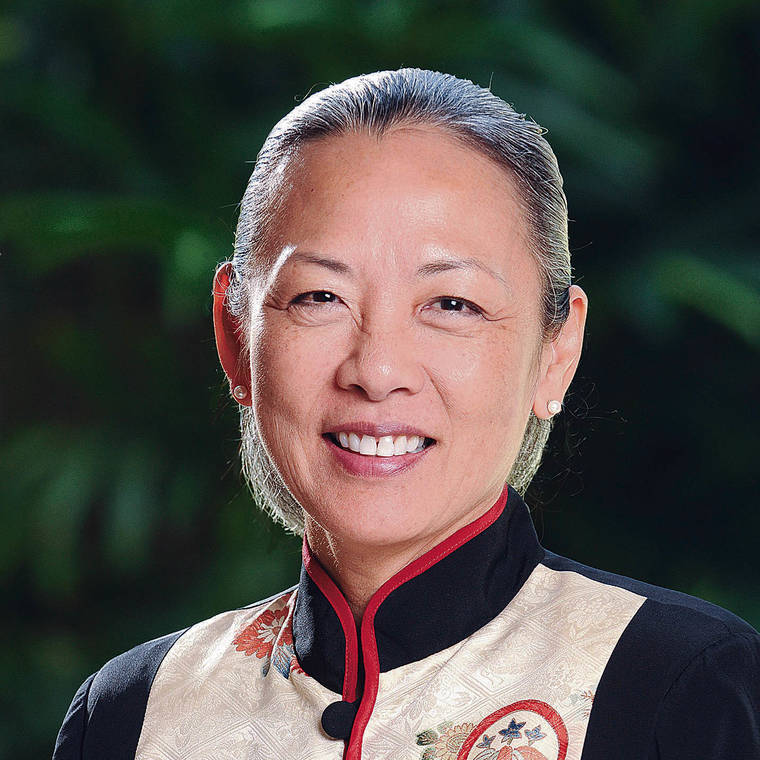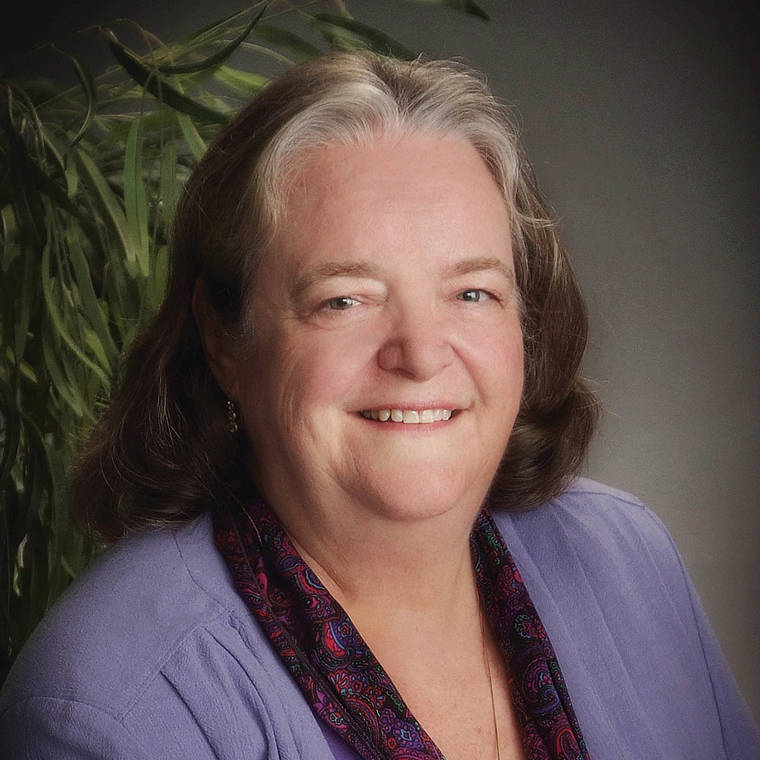Column: Social and emotional learning teaches peace and compassion

Robbie Ann Kane is director of programs for Omidyar Initiatives at the Hawaii Community Foundation.

Linda Toms Barker, principal research associate at IMPAQ International, led the evaluation team for the Pillars of Peace Hawaii SEL initiative.


One of the many lessons of the COVID-19 pandemic, is that our social and emotional health is critical to our well-being. With the shift to virtual learning, online business meetings and limited celebrations of life events, plus the added stressors of financial struggles and health worries, the ability to cope is now more important than ever.
So how do we gain the skills to be more resilient? And how as adults can we support our kids in this new world? Hawaii needs to incorporate social and emotional learning (SEL) curriculum into all pre-kindergarten through college coursework.
The term SEL is defined as “the process through which children and adults acquire and effectively apply the knowledge, attitudes, and skills necessary to understand and manage emotions, set and achieve positive goals, feel and show empathy for others, establish and maintain positive relationships, and make responsible decisions,” according to the Collaborative for Academic, Social and Emotional Learning. When people develop these competencies, research shows that positive life outcomes follow.
Beginning in 2016, the Pillars of Peace Hawaii Fund at the Hawaii Community Foundation (HCF) supported 11 public, charter and private schools across the state for three years to test and demonstrate the viability and efficacy of evidence-based, best practice SEL programs. The near-term goal was to create a safer and more positive learning environment. The long-term goal was to garner lessons learned so that educators could identify best practices for other schools who want to adopt SEL.
Schools implemented a variety of SEL programs, such as Roots of Empathy, which focuses on developing empathy skills, or RULER, which focuses on emotional intelligence and requires adults to undergo training for the first year before curriculum is introduced to students.
As part of this work, HCF conducted an evaluation of the program. A number of factors were identified as critical to effective implementation such as having a dedicated champion; gaining commitment from all parties; and providing well-designed professional development. And schools shared some key lessons learned including SEL is about students and adults; getting the “fit” right is important; it’s a school- and community-wide issue; and SEL can be transformative, but it does not happen overnight.
Don't miss out on what's happening!
Stay in touch with breaking news, as it happens, conveniently in your email inbox. It's FREE!
All 11 schools showed improvement in at least one of the three major areas of measurement: school climate, behavior and academic achievement. The data was positive, and the stories were compelling. Here are two reflections from two school leaders:
“Teachers talk to students differently. There is much less ‘what did you do wrong’ and more ‘what’s going on today?’ and ‘how are you feeling’ and ‘what can I do to help?’”
“Faculty and staff now have a greater understanding of the importance of feelings in the learning process, and recognize that everyone in our community (children, faculty, staff, administrators, parents) wants and needs to feel loved, respected and carry with them a sense of belonging.”



